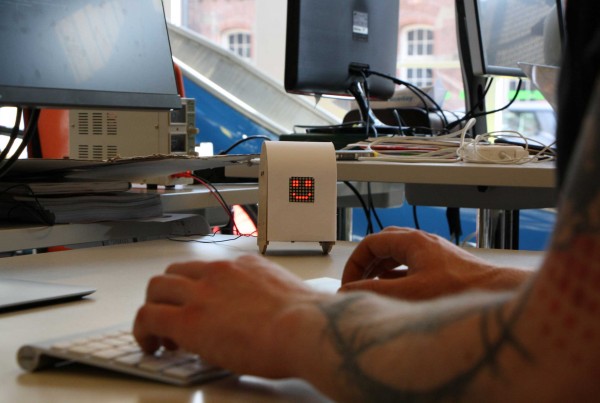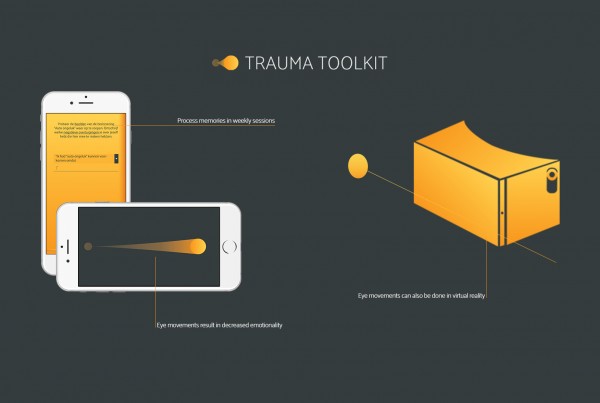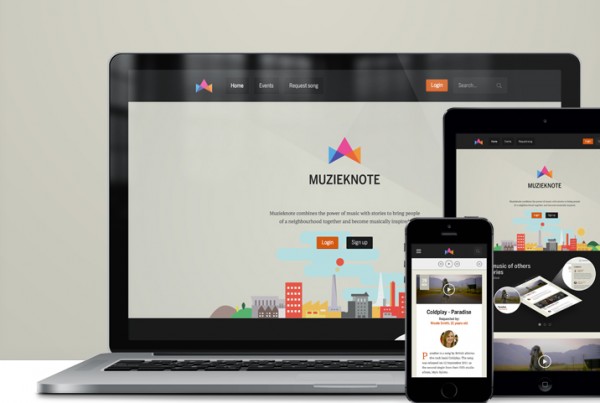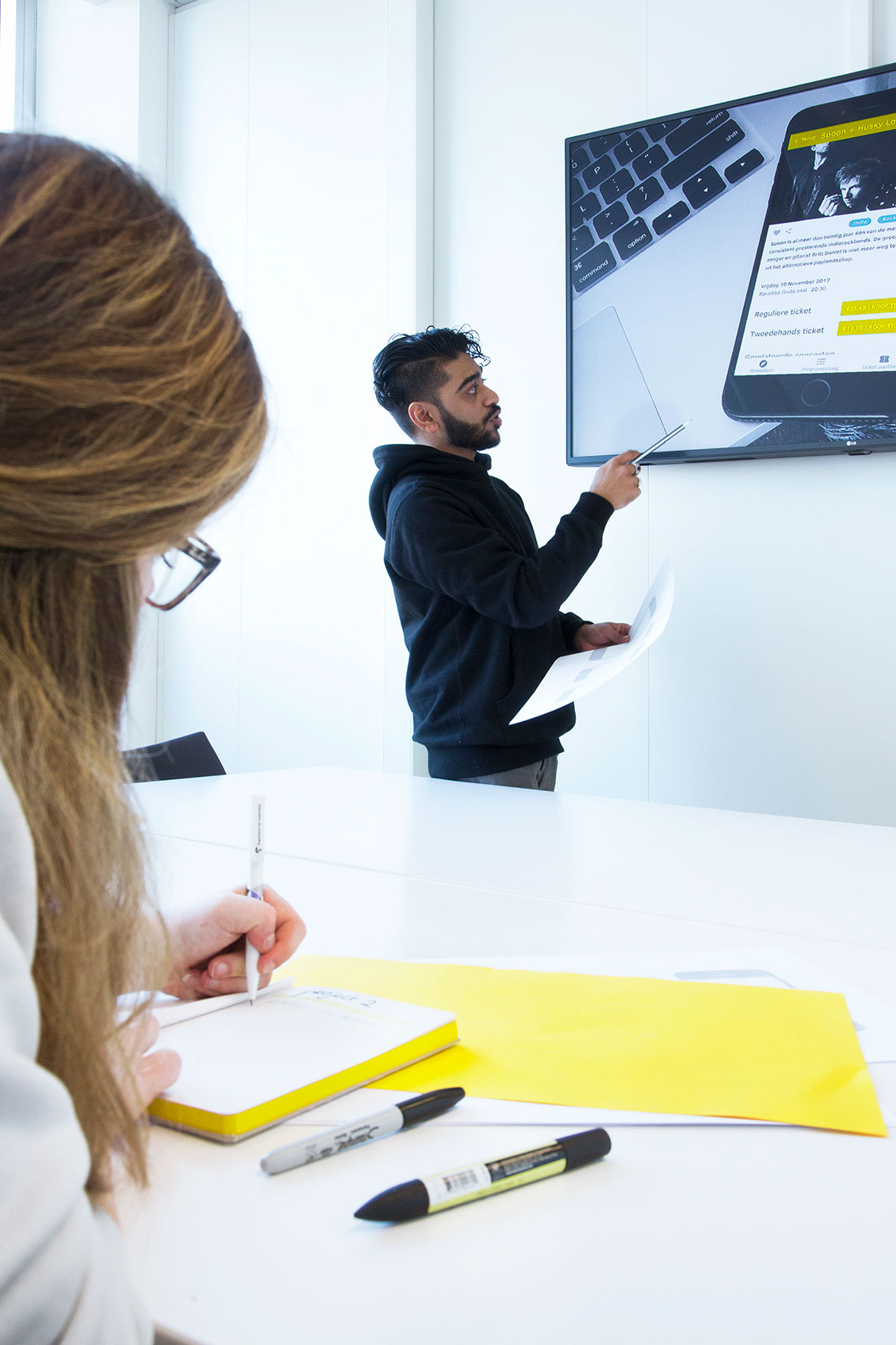
Like experienced designers, our students strengthen and expand their learning via real-world project work. Design projects are complex and we manage this through a project spaces model that breaks design work in different areas. The focus during our CMD bachelor is on the 'concept space' and the 'design and build space'.
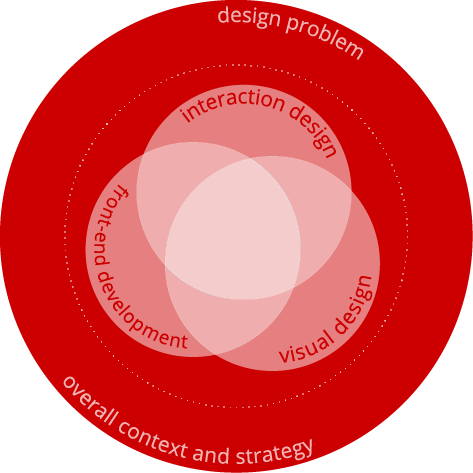
At its heart, the degree programme is about gaining mastery of the design process: from understanding the design problem via developing and building the product all the way through to the official launch – and then working on a second version that is a little better still.
For example, first-year students studied the problems and needs of foreign students who come to Amsterdam to study. This research revealed, among other things, that they had a hard time meeting fellow students. They also liked getting the chance to live like true locals, for example by eating typically Dutch dishes. Based on this information, the students designed and built an app that enables international students to establish cookery clubs: ‘I’m going to make boerenkool (kale and potato mash) today. Want to help me cook? Do you fancy some?’
In this design process for interactive digital products, we focus on three core topics: interaction design, visual design and front-end development. We will explain these in greater detail below.
In addition to the shared core curriculum, CMD students can take electives during the degree programme in order to specialise in fields of individual interest. In this way, CMD students are educated to be T-shaped designers.
In the field of CMD, work is often done in multidisciplinary teams comprised of several specialists. CMD graduates thrive in this setting, as they have developed wide background knowledge that enables them to have a good understanding of the other team members’ perspectives. This means that, on the one hand, CMD students are proficient in the design process (in Dutch kunnen) and, on the other, are familiar with a wide range of factors that can impact upon their work (in Dutch kennen). The combination of skillsets and knowledge is different for every student, depending on their abilities, interests and ambitions.
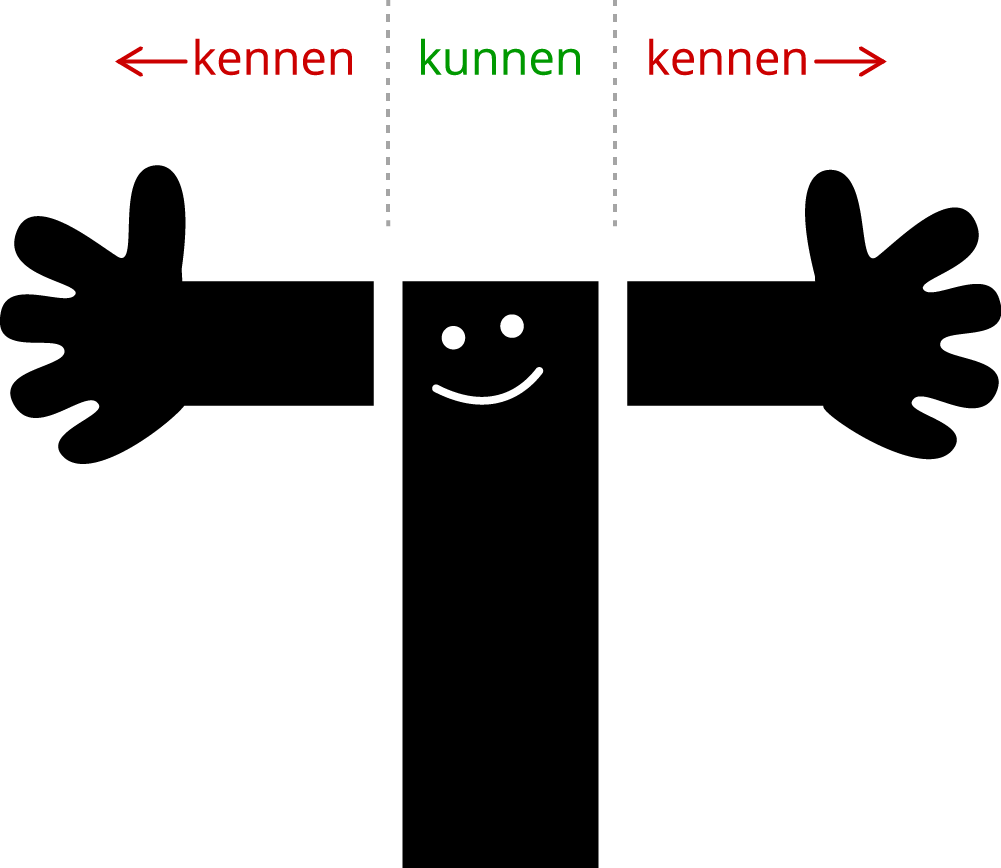
During the degree programme, CMD students can either choose to develop in depth or in breadth. This produces different types of T-shaped designers.
Design
Interaction design
An interaction designer is responsible for optimising a digital product’s ‘flow’. In order to do this, they structure all content in a logical way and develop a way of navigating it that ensures that a website or application supports the user’s goals effectively. This enables users to find the information they are looking for easily, or carry out a complicated task in a simple way using an app. A good interface, after all, is invisible!
Visual design
Front-end development
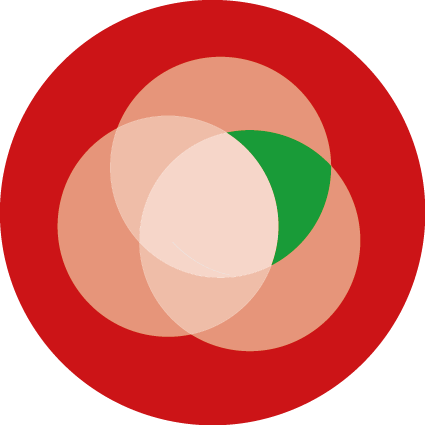
All-round craftsmen
Most of our students develop their breadth in the course of the degree programme, with a small amount of specialisation. After graduation, they go on to work for full-service design agencies such as Info.nl or Fabrique, but also for companies that develop their digital products in-house, such as Booking.com, ING and Coolblue.
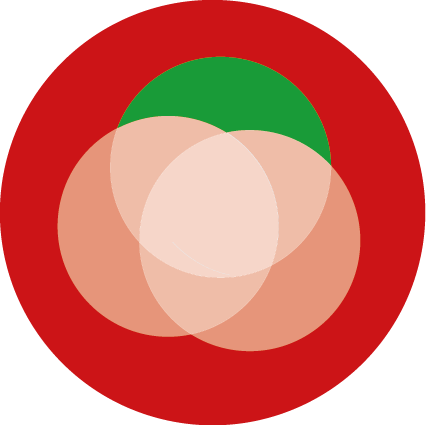
Specialists
Some CMD students find their one great passion during their degree programme, and go on to excel in this specific area. After their degree programme, they may go on to work as a Usability Expert for Amsterdam-based design specialists Valsplat, or as a Developer for The Hague-based software developer Q42. Others know all about one specific domain – for example, CMD graduates have gone on to work for online-education company Squla on ‘fun online learning’ for children.
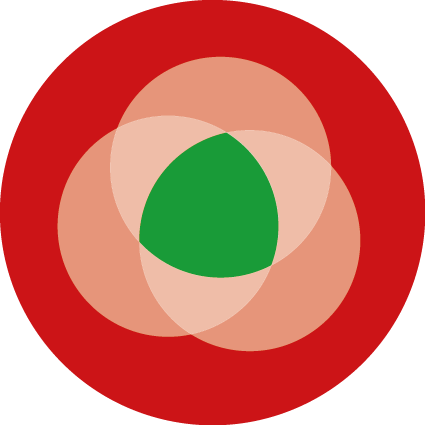
Digital masters
A small number of our graduates are good at all components. These students often go on to work for small design agencies, where you have to be proficient in all the specialisms, or small companies where they are the resident digital whizz. And then there are the true rock stars who excel at everything and can truly work anywhere – our unicorns.
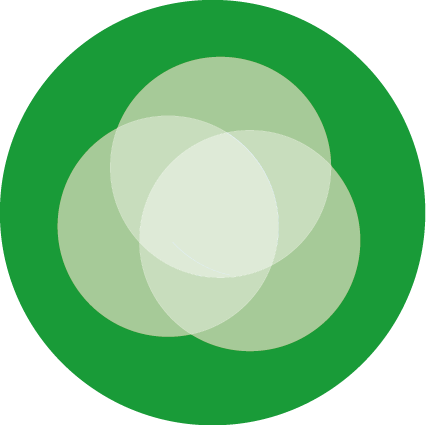
Design researchers
Some graduates are active in the preliminary phase that precedes the design process. For example, the STBY consultancy does research into people’s ‘digital wishes’, which design agencies will then go on to take to the next level. And one graduate of the CMD programme is a Product Manager for Dutch online marketplace Marktplaats, managing the used-car section of their website.
The modules cover strategy, design and technology. Students learn to think and act like designers. In addition to learning ‘design’, they also learn ‘creation, ‘research’, ‘project management’ and ‘consultancy’. Students can shape their own education using electives, internships and minors. The degree programme’s growing international network of businesses and universities also enables them to further develop their international competences.
More and more organisations are becoming aware of the importance of well-designed online media products and services. CMD graduates are able to provide added value in this context. The flexible curriculum, with modules, projects and guest lectures by experts, continuously responds to new developments. The lecturers have strong connections in the creative industry and are able to incorporate recent developments across the entire curriculum.
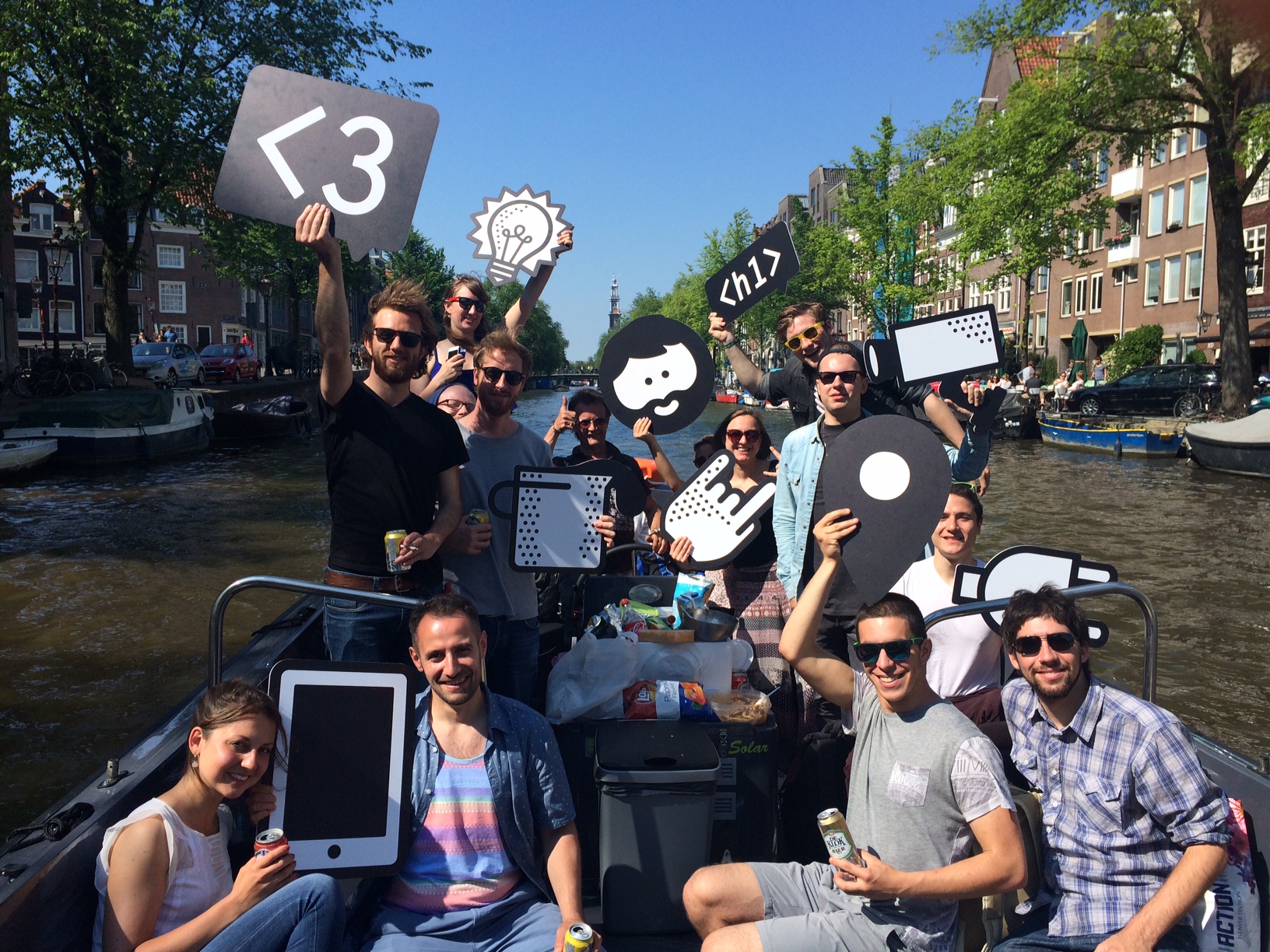
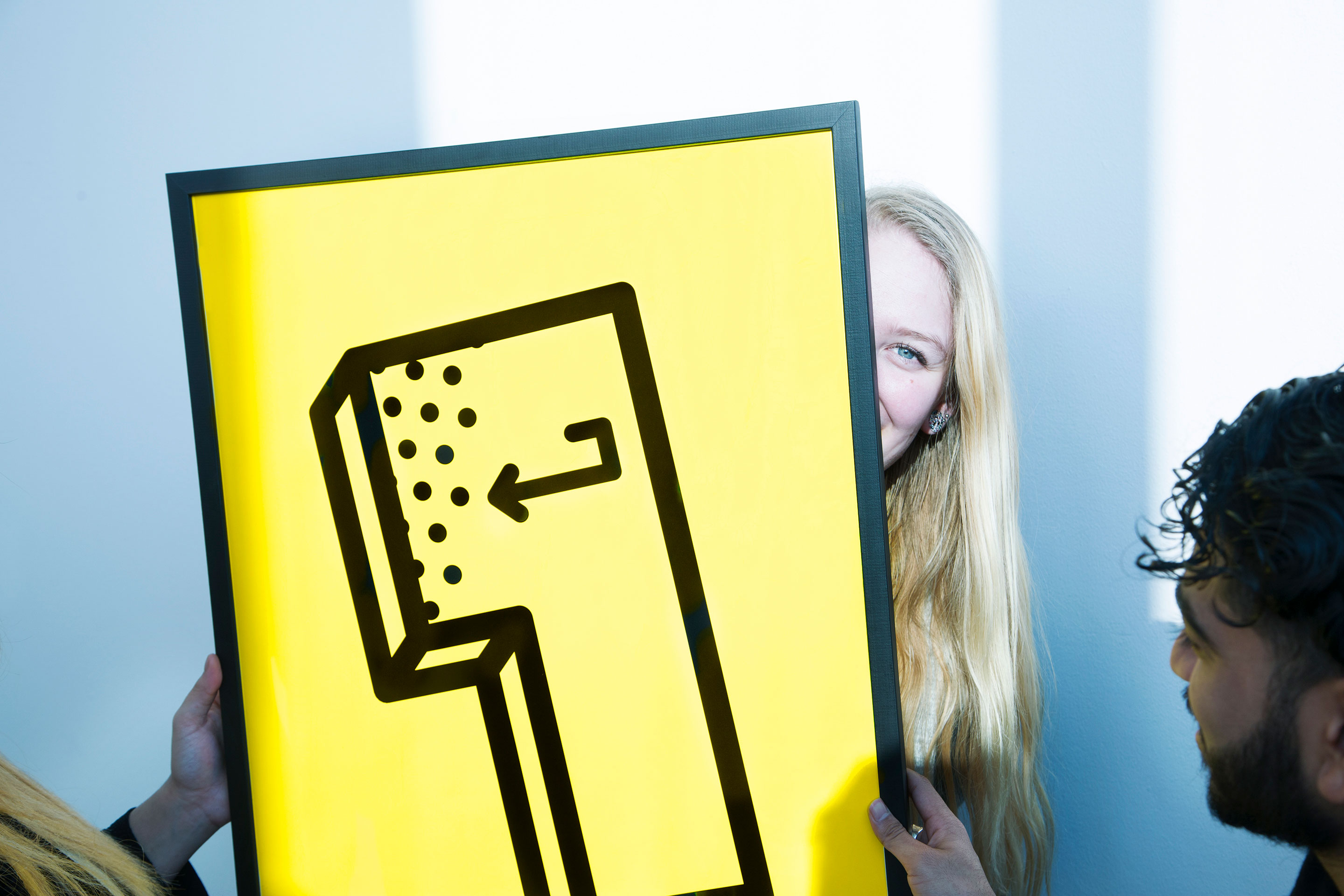
Theo Thijssen building | map
Wibautstraat 2-4 | 1091 GM | Amsterdam
+ 31 20 595 1855 | info-cmd@hva.nl

Andre Neumann

Marielle Beekman
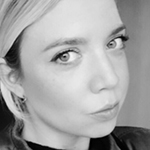
Lena Essing






